The Machine in the Garden
4.9.2022 – 6.12.2022
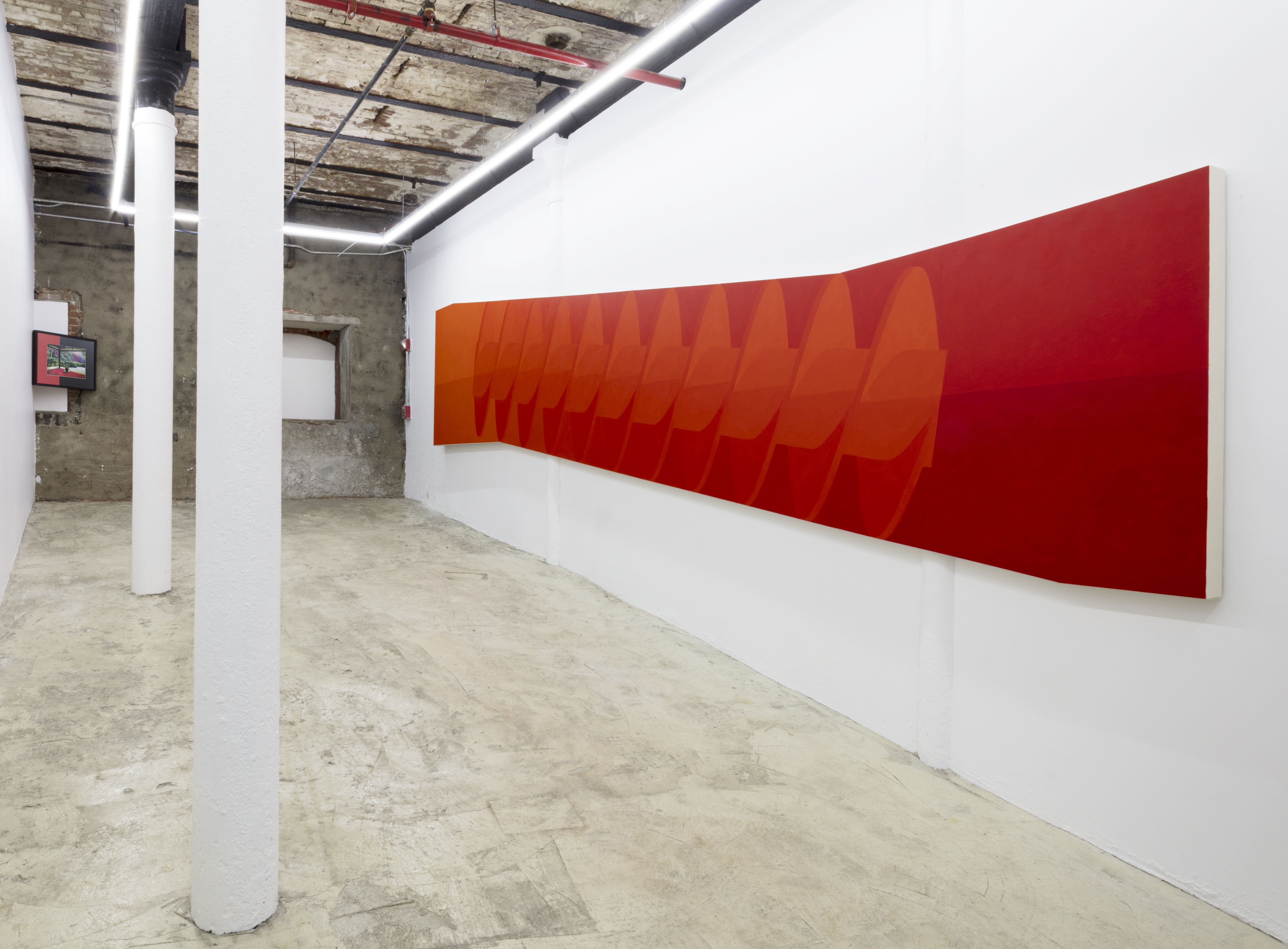

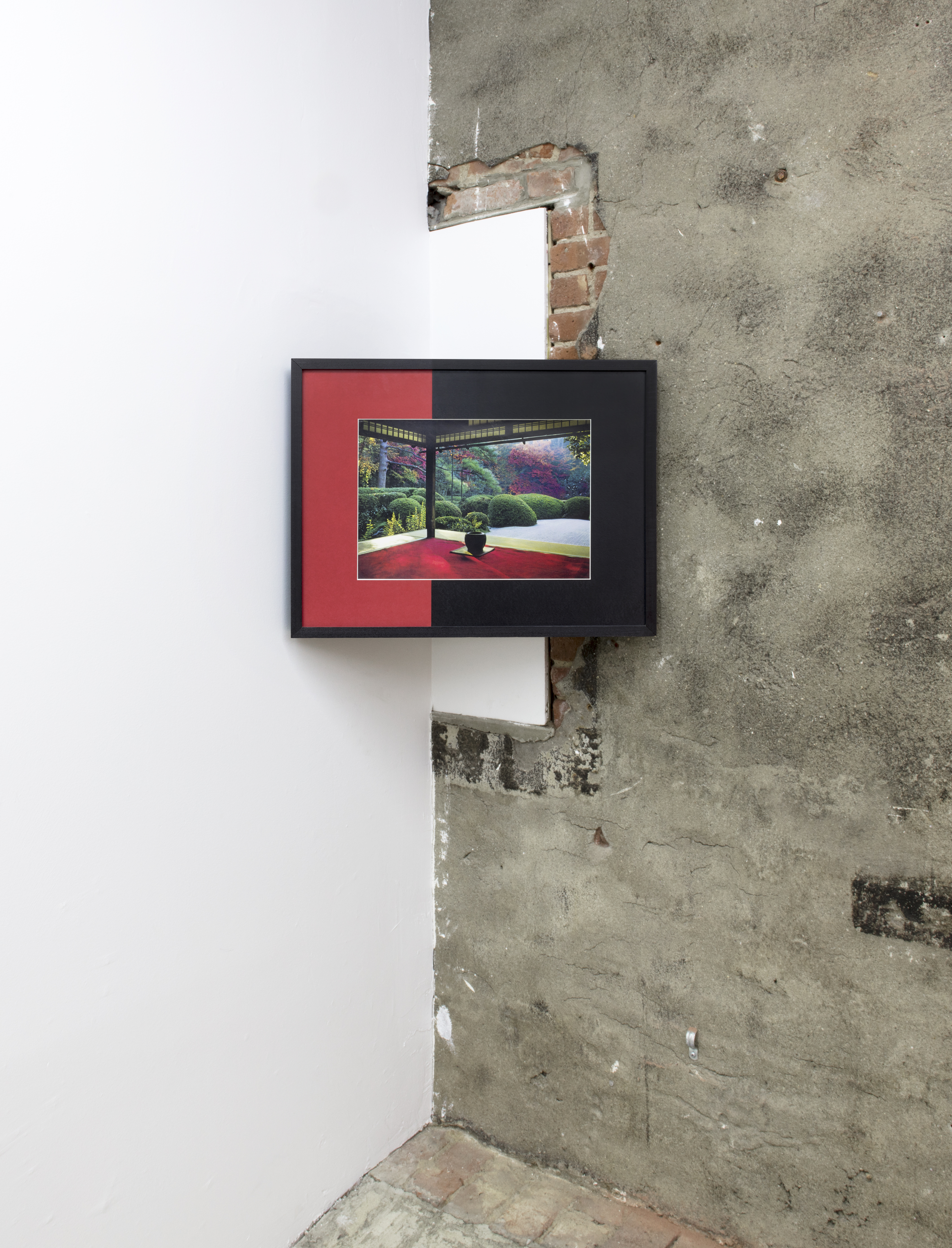
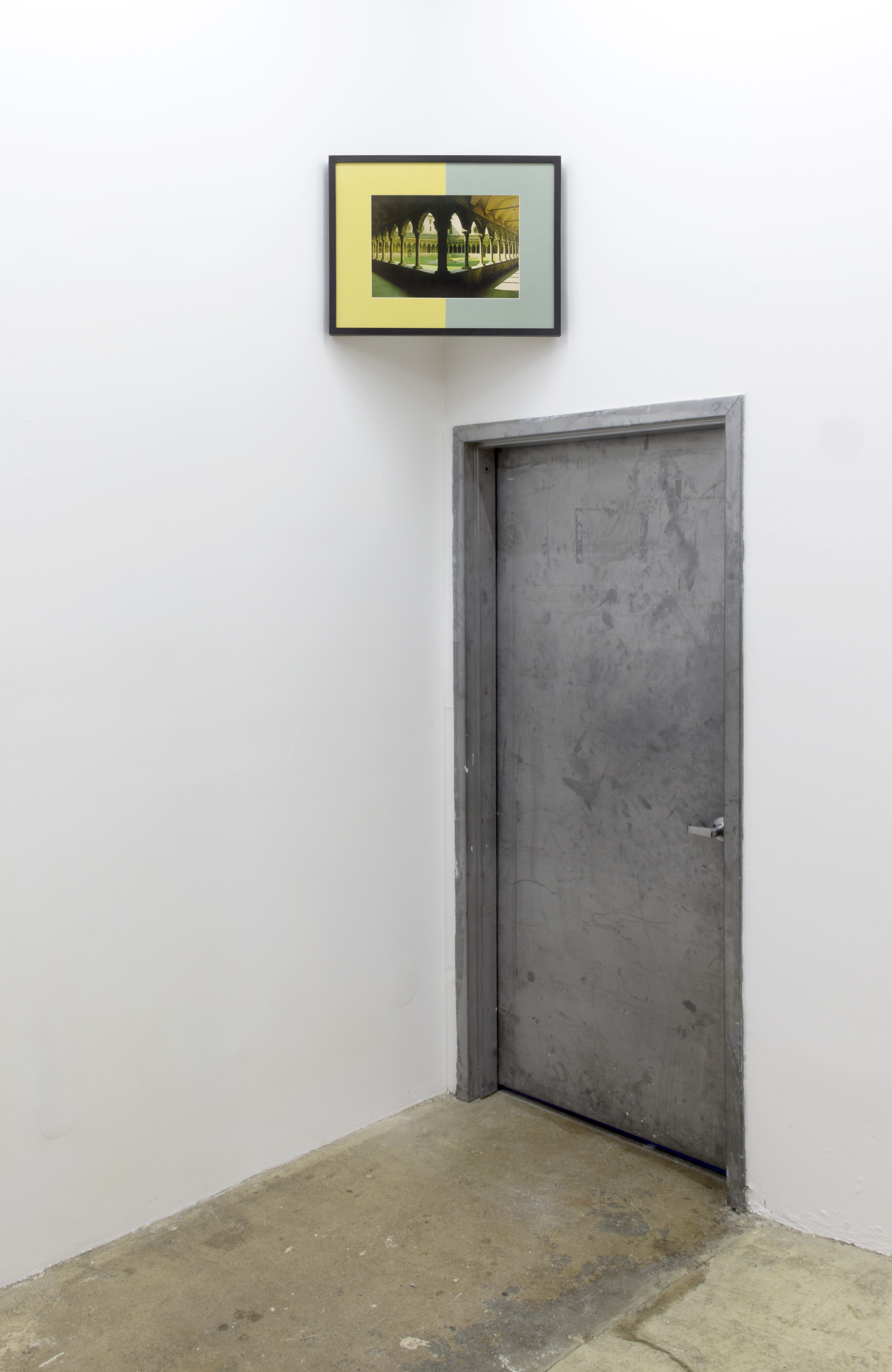
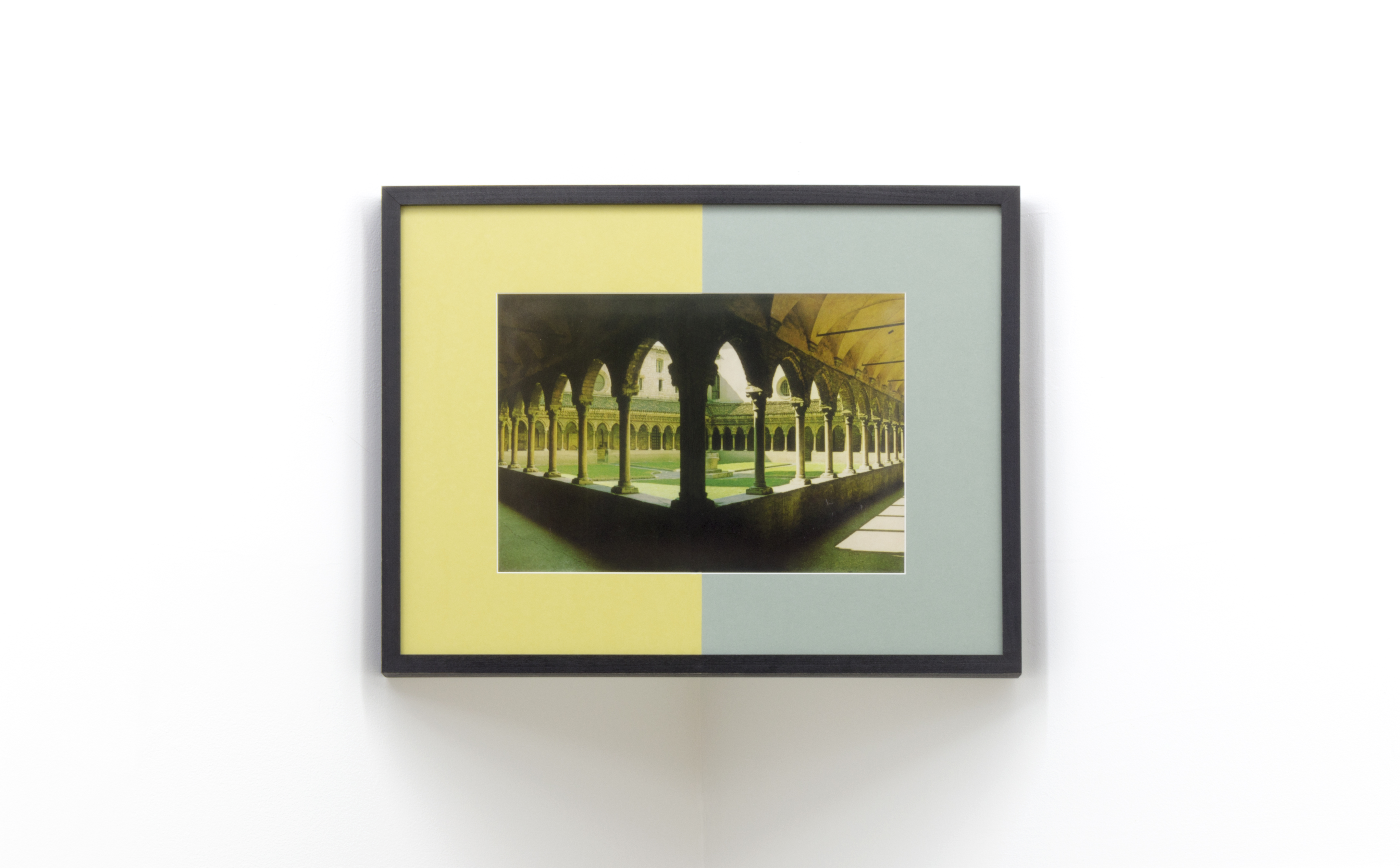
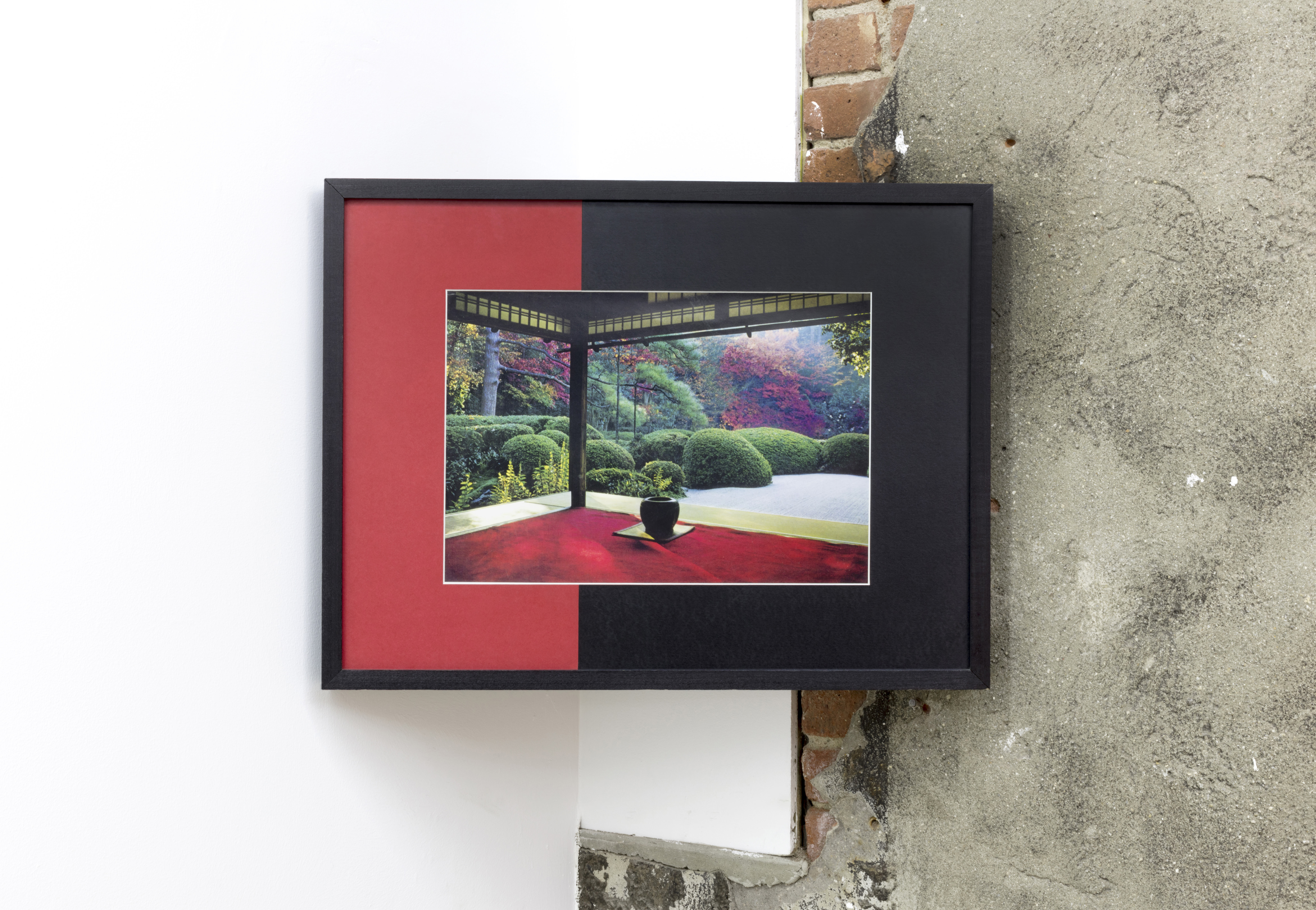
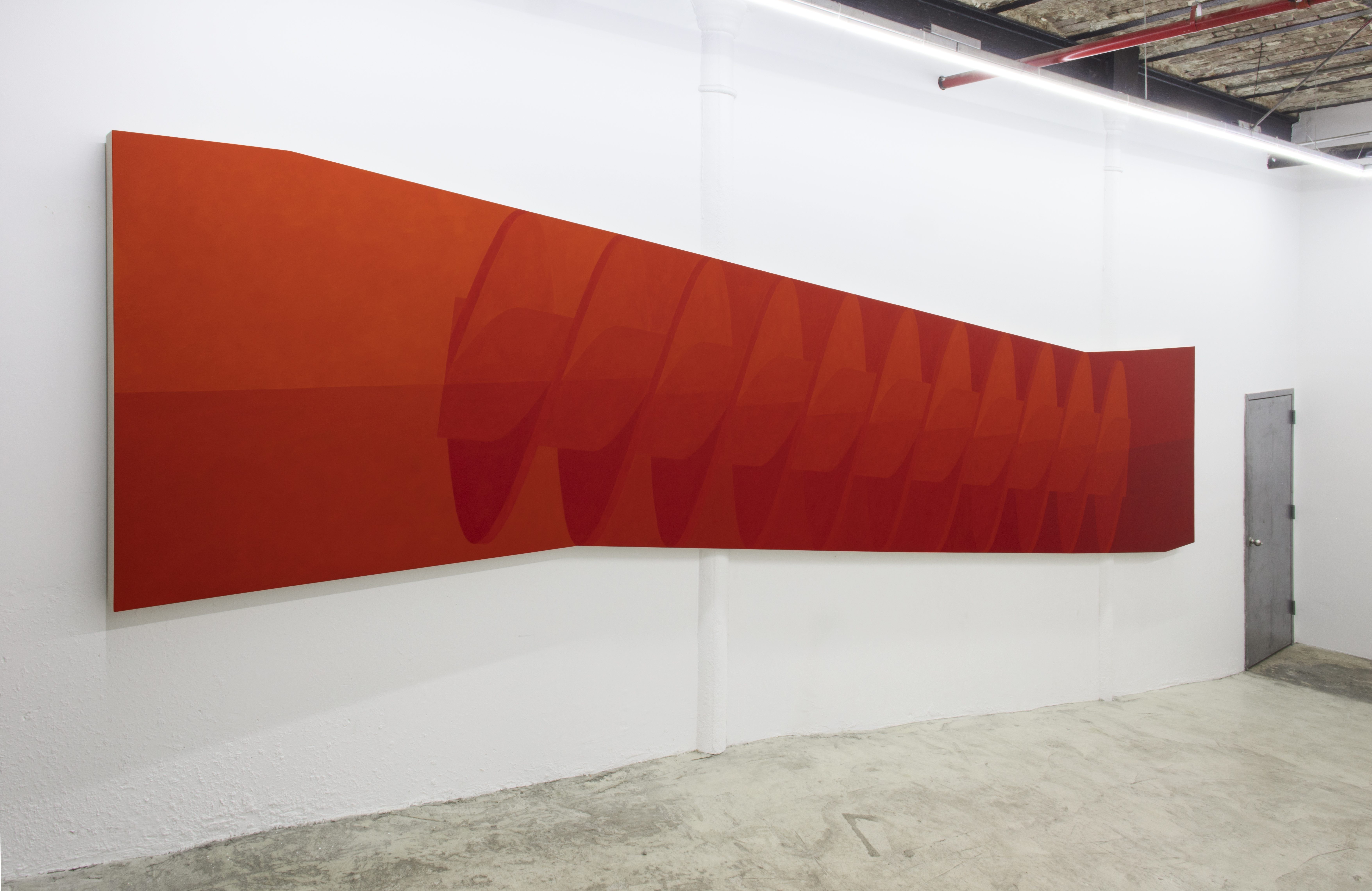
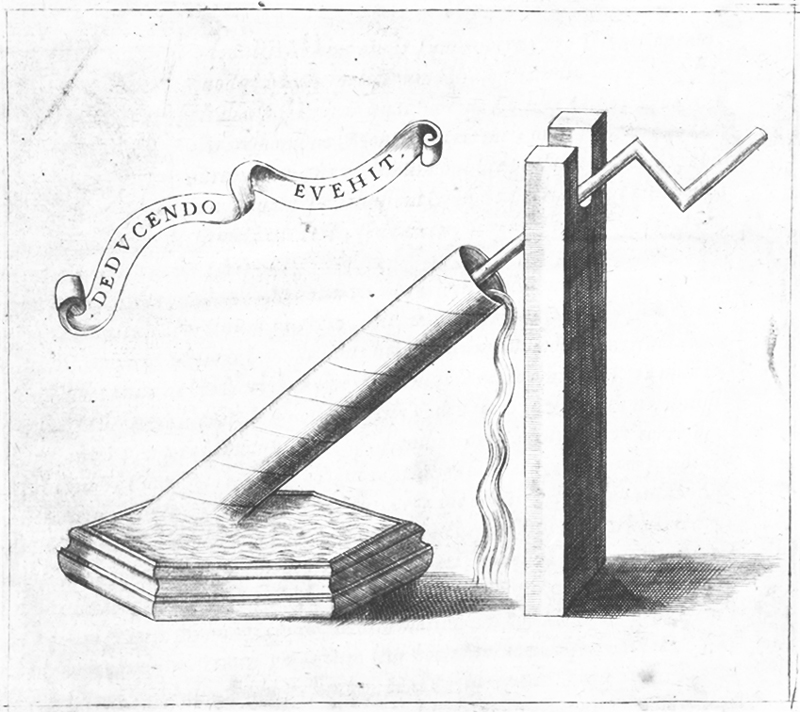
Illustration from: Monte, Guidobaldo, Marchese Del, “The Theory of the Archimedean Screw”, Macclesfield First Edition, 1615.
On a clay prism, an Akkadian inscription written by Sennacherib (King of Assyria, 705–681 BC) describes for the first time the use of the Archimedean Screw, a device designed to carry water to great heights from the rivers below to irrigate the Hanging Gardens of Babylon:
…I created clay molds as if by divine intelligence for great cylinders and Alamittu Palms, tree of riches; twelve fierce lion-colossi together with twelve mighty bull-colossi which were perfect castings; twenty-two cow-colossi invested with joyous allure, plentifully endowed with sexual attraction; and I poured copper into them over and over again... In order to draw water up all day long I had ropes, bronze wires and bronze chains made… I set up the great cylinders and Alamittu Palms over cisterns... I raised the height of the surroundings of the palace to be a Wonder for all Peoples. I gave it the name: "Incomparable Palace." A park imitating the Amanus Mountains I laid out next to it, with all kinds of aromatic plants, orchard fruit trees…1
Shaun Krupa’s “Archimedean Screw” is trapped on an incline. The screw in motion moves material, both solid and liquid, as if to dispossess the natural landscape of its initial form in favor of the cylindrical pathway that the screw’s body commands. The screw in its infinite mobility is a Sisyphean character. Its form and function are irreducible; the screw’s boring labor is a quintessential activity for the reformation of the physical environment. Sennacherib’s description of the ability for the screw to displace water is expressed as a sublime property and as an exploit. The experience of the geometric sublime in this case is the machine in the garden.2
The works of Barbara Bloom and Shaun Krupa suggest a world of objects embedded with content and function. A landscape without bodies.
Bloom’s “Corner: Japanese Garden” depicts an interior corner of a room with glass walls that are surrounded by a manicured garden; nature qua artifice. The photo, which itself is in a corner, attracts its beholder to the corner. The architecture exceeds itself.
Similarly, Bloom’s “Corner: Italian Garden” places the viewer in a corner at the intersection of two pathways with a view to an interior courtyard garden. Again, the architecture frames a constructed natural environment; repeating arches and columns give image to a nature that is defined by its geometric order.
The geometric sublime was static and appeared to dominate nature through elegant design and sheer bulk…these structures expressed the triumph of reason in concrete form, proving that the world was becoming, in Emerson’s words, ‘a realized will’—‘the double of man.’ 3When architecture is understood as “a realized will”,4 its remnants in the expanded field become an archive of past desires. Bloom’s gardens, perceived as desires, can only be seen through layers of architectural remediation—nature is trapped by architecture; the architecture frames the desire for a version of nature that is more perfect than itself.
Perhaps it is a fetishistic dispossession of nature that has led us to this point of ontological confusion. But just as the Archimedean Screw’s defiance of gravity was a conceptual leap technologically, it was also something that gave image to a world without labor; a world in which constructed forms represented a utopia akin to Macondo, the city of mirrors.5
-
Translation by Stephanie Dalley. Dalley, Stephanie and Oleson, John Peter. Sennacherib, Archimedes, and the Water Screw: The Context of Invention in the Ancient World. Johns Hopkins University Press, 2003.
-
“The Machine in the Garden: Technology and the Pastoral Ideal in America” is the title of a 1964 work of literary criticism written by Leo Marx and published by Oxford University Press.
-
Nye, David E. American Technological Sublime. Cambridge, MA: MIT Press, 2007.
- Emerson, Ralph Waldo. Nature. Penguin Books, 2008.
-
Márquez García Gabriel. One Hundred Years of Solitude. London: Viking, 2014.


